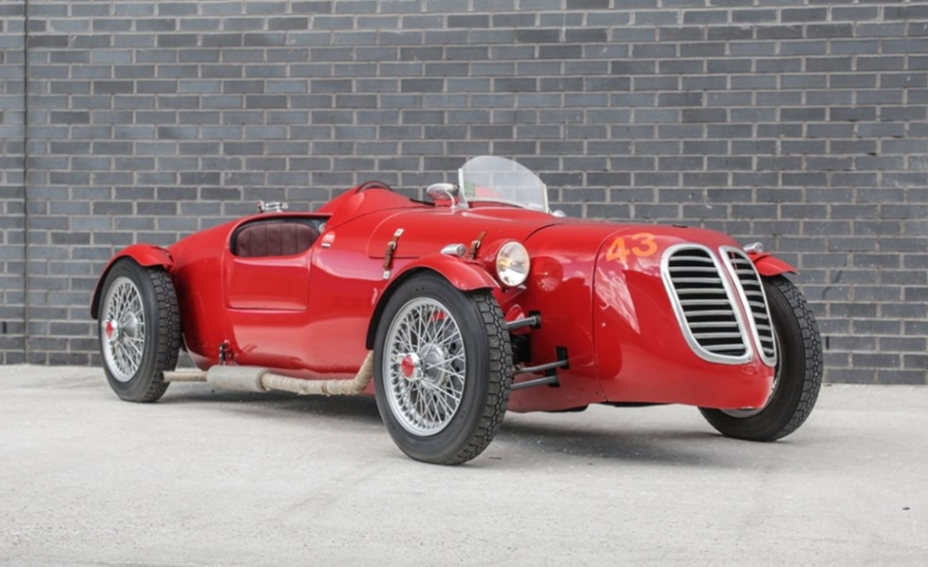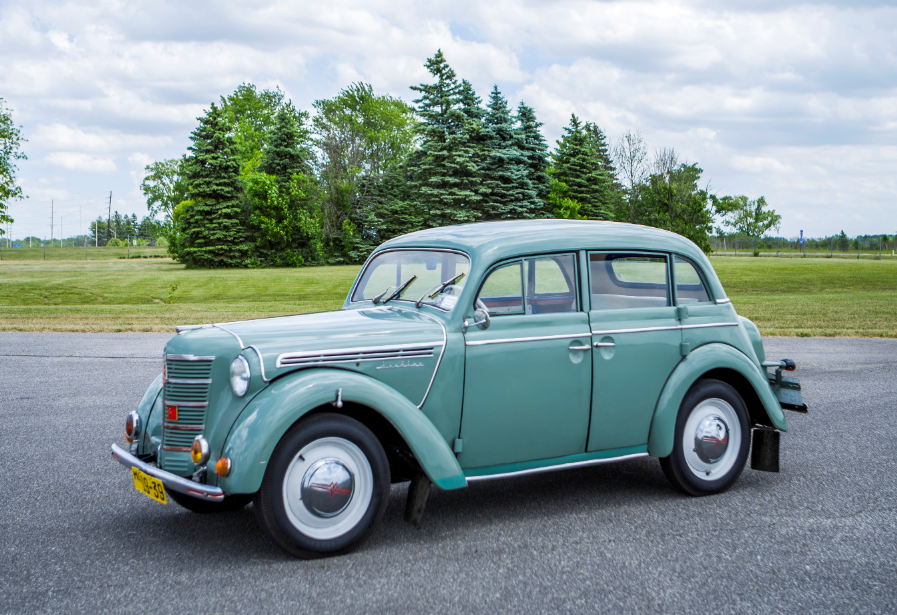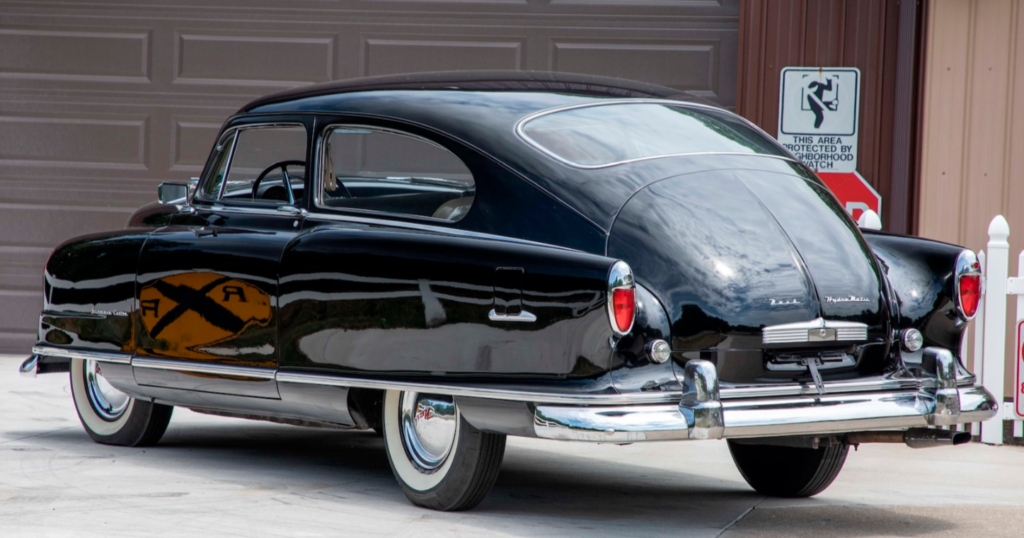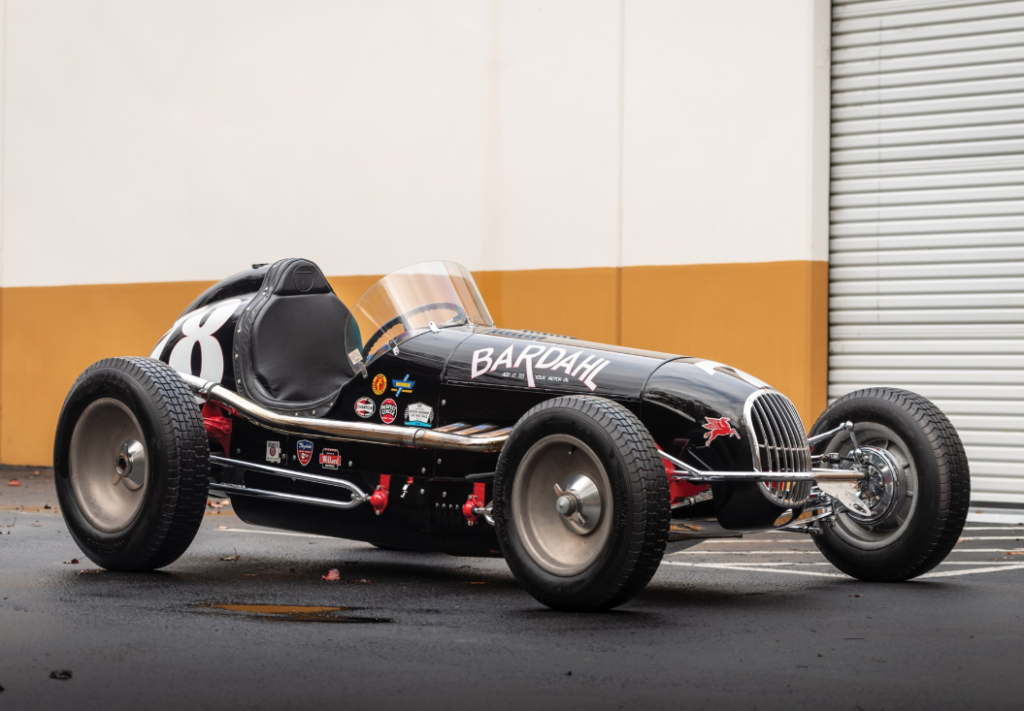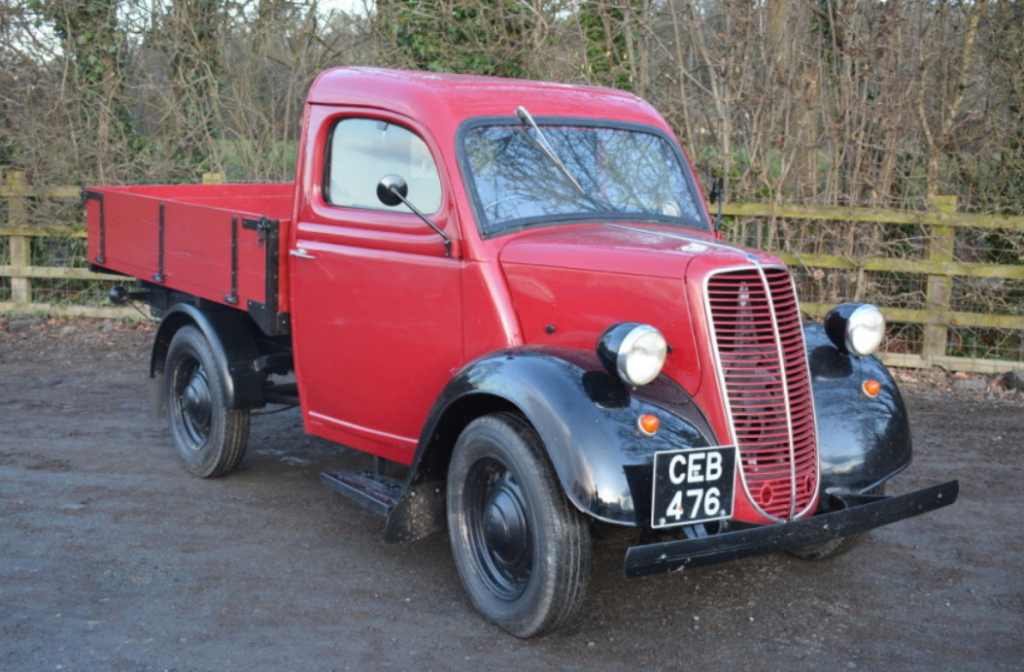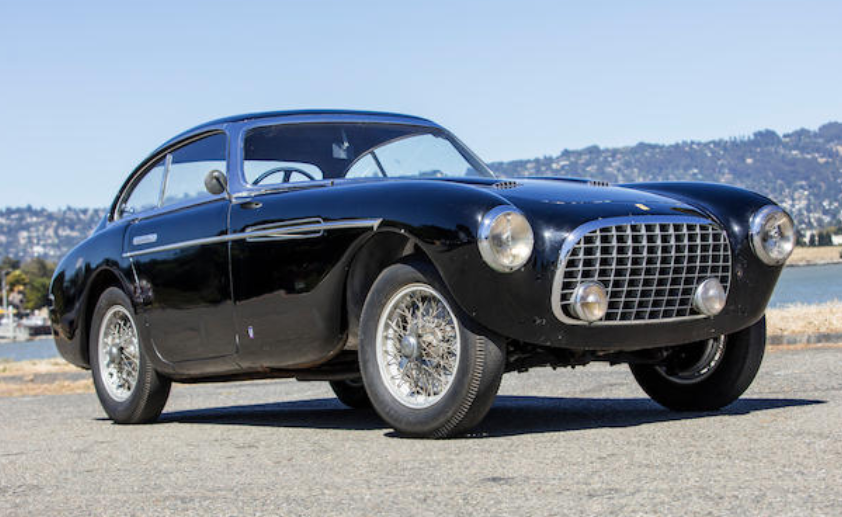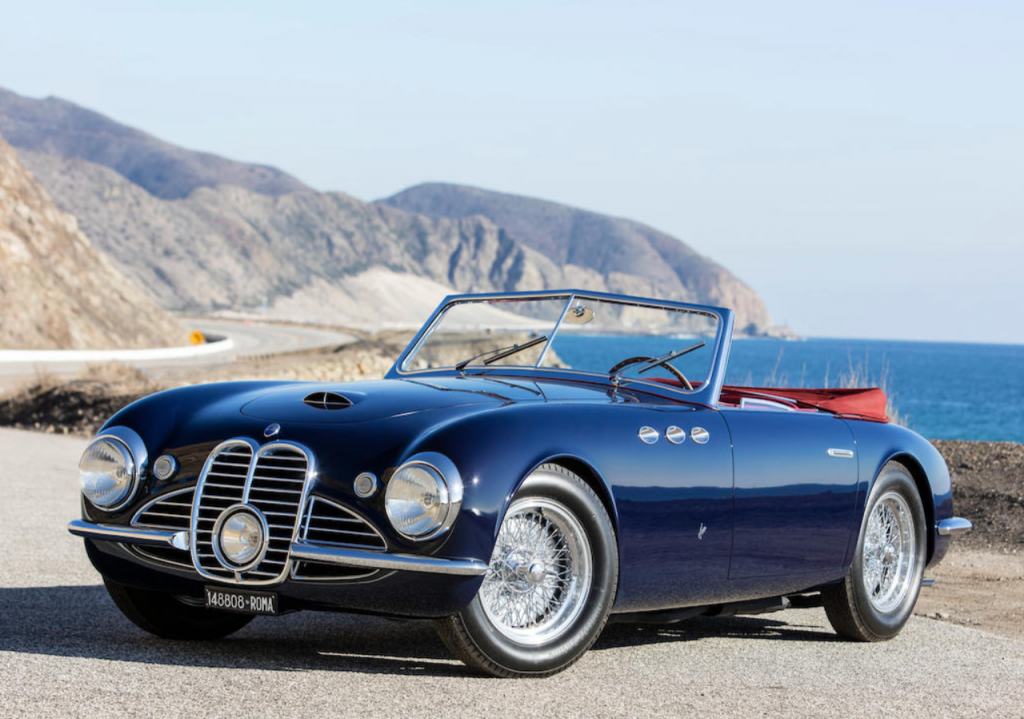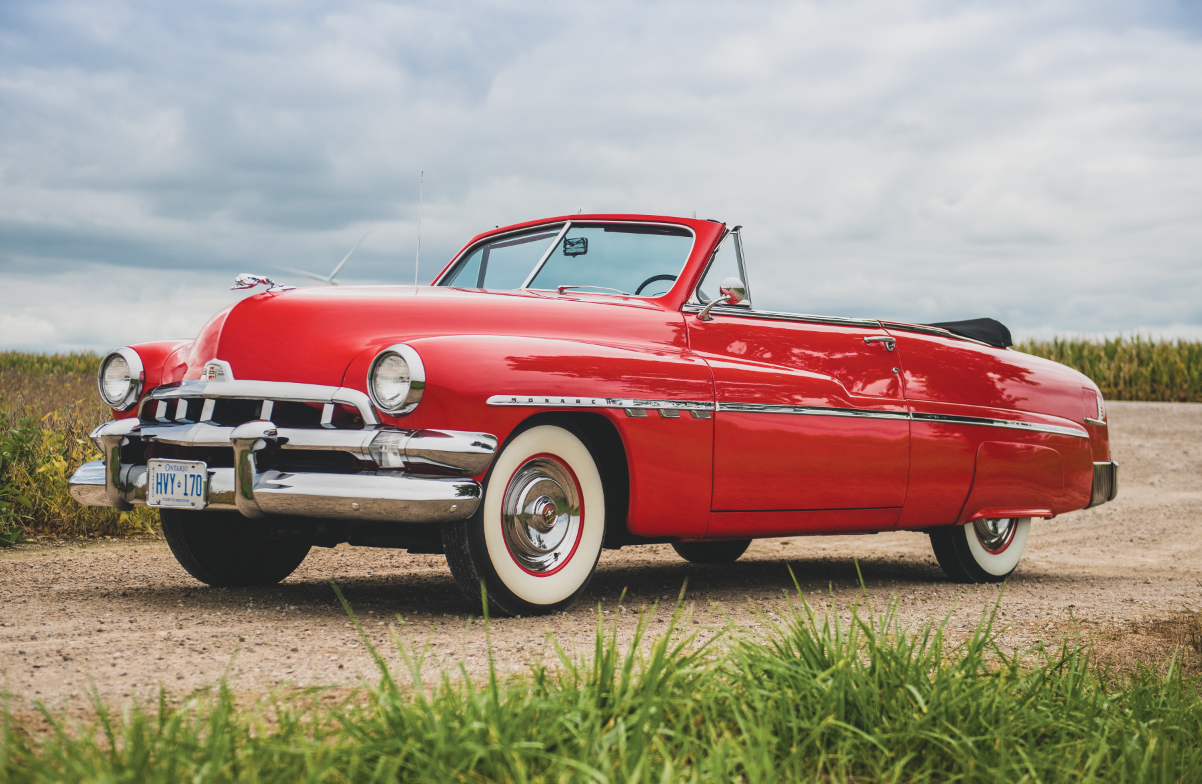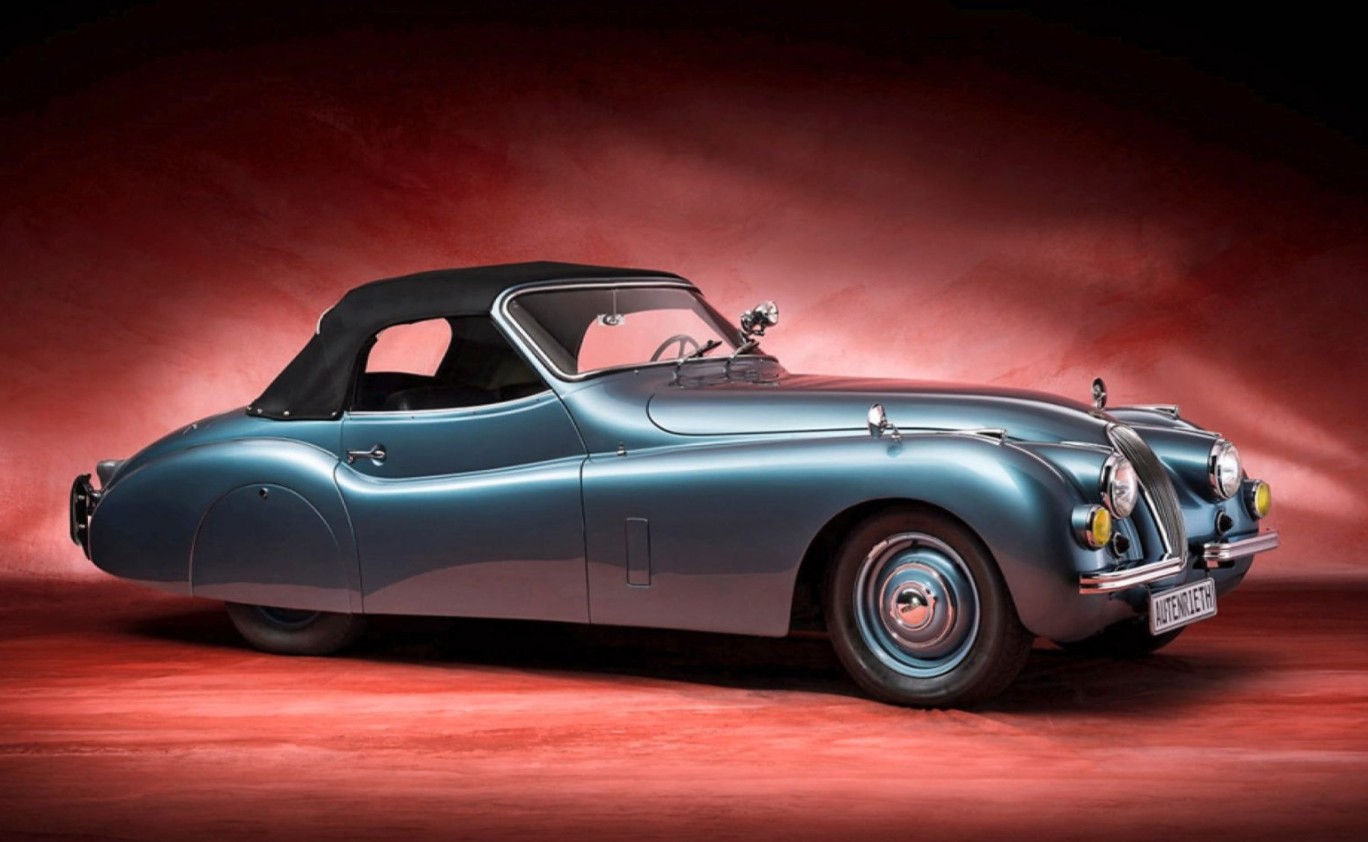1951 Daimler DB18 Special Sports
Offered by H&H Auctioneers | Duxford, U.K. | September 8, 2021
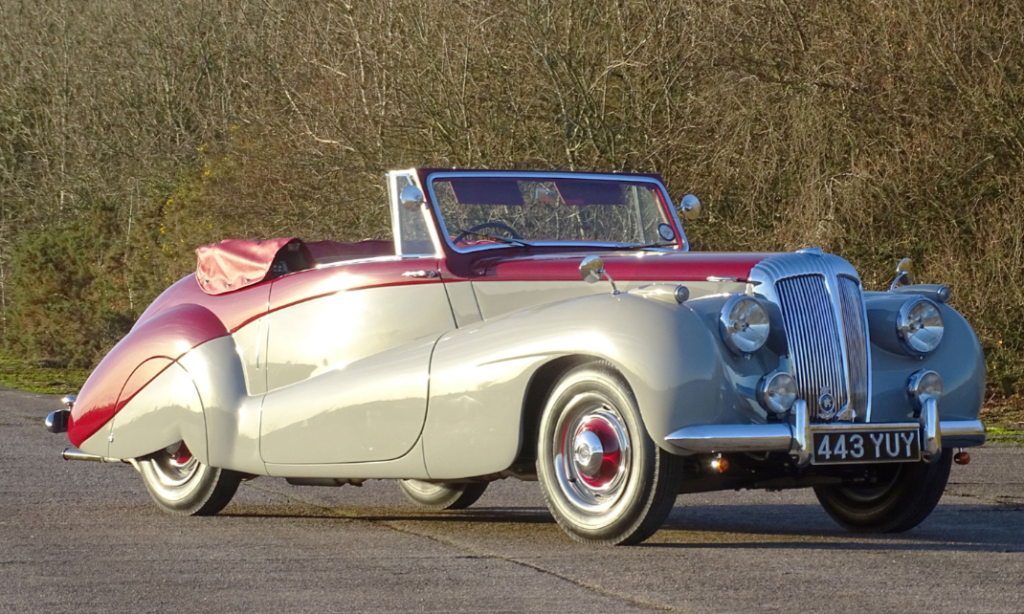
Daimler’s DB18 was introduced just prior to the start of WWII in 1939. Production obviously halted while the fighting raged, but Daimler popped it right back into production after the war. The car was sold as the “Consort” in export markets, where it proved very popular in India.
The DB18 was based on the pre-war New Fifteen model, but instead of that car’s 2.1-liter engine, the DB18 received a new 2.5-liter inline-six rated at 70 horsepower with a single Solex carburetor. Top speed in 1951 was 82 mph.
The first cars were all coachbuilt, but Daimler ended up selling a popular sedan that was bodied in-house. Only 608 Special Sport models were produced between 1946 and 1953, making this car pretty rare. It carries drophead coupe by by Barker as well as a pre-sale estimate of $48,000-$55,000. Click here for more info and here for more from this sale.
Update: Sold $44,823.

